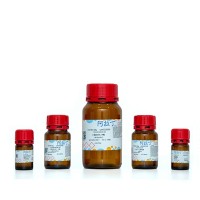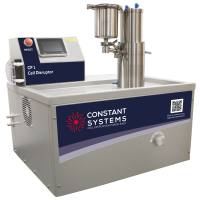Transformation Systems in Insects
互联网
431
Genetic transformation is an important technology that provides unique opportunities to find, isolate, and analyze genes, as well as to create organisms with unique functional characteristics. Insect biologists have been developing genetic transformation technologies that rely extensively on transposable elements. A number of class II transposable elements isolated originally from insects have been converted into broad host range insect gene vectors. Class II transposable elements are particularly amenable to gene vector development, although they suffer from some limitations such as low rates of recombination. Use of these gene vectors requires the physical introduction of the vectors into developing insect embryos by microinjection. Microinjection methods vary to accommodate the unique physical and developmental characteristics of the target insects. All methods rely on the use of fine glass needles in conjunction with micromanipulators and a microscope. A serious constraint on the use of existing systems can be the inefficiency of successfully delivering the gene vectors to the germ cells of the developing embryo. The general method for vector delivery to insect germ cells is described, as well as variations that are useful under some conditions.









